5.1 Persuasion Around You
| Site: | Cowichan Valley School District - Moodle |
| Course: | ELA5, CSS, Sferrazza |
| Book: | 5.1 Persuasion Around You |
| Printed by: | Guest user |
| Date: | Wednesday, 7 January 2026, 1:34 PM |
Learning Targets
By the end of this lesson, you should be able to say YES to the following questions.
- Can you understand the definition of persuasion and why it is important in writing?
- Can you identify persuasive writing on the page and in your environment?

What Is Persuasive Writing?
Persuasive writing is all around you. Has someone every tried to convince you of something? Have you tried to get someone to see things your way? Then you have experienced the powers of persuasion!
Persuasive writing is writing that is trying to convince the reader to see an issue a certain way and/or to take a certain action.
Watch this video, and then go to your Persuasive Writing Journal and do Journal #1: Latest Persuasion.
Persuasive Messages Around You
Think about your daily life. How many ads, commercials, and messages are all around you? What are many of them telling you to do? Where do you see them?
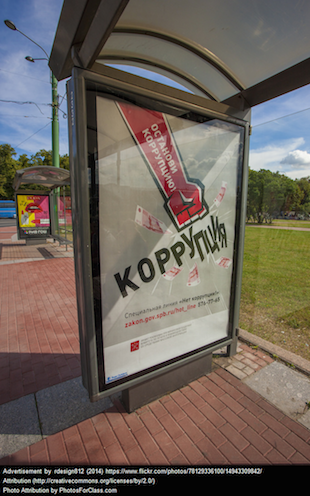 |
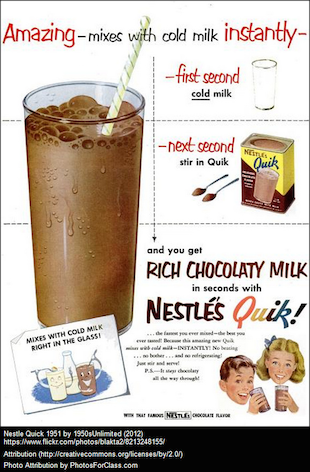 |
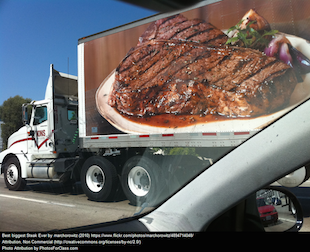 |
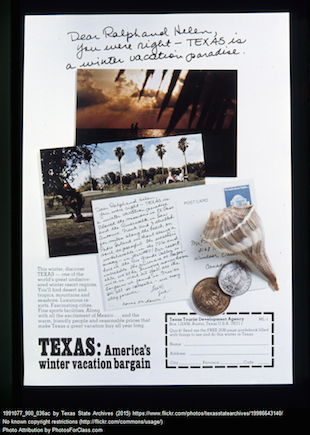 |
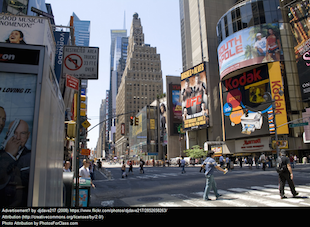 |
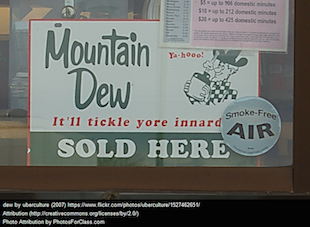 |
Media & Persuasion
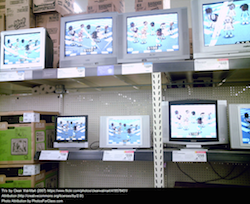 According to the American Psychological Association, "The advertising industry spends $12 billion per year on ads targeted to children, bombarding young audiences with persuasive messages through media such as television and the Internet. The average child is exposed to more than 40,000 TV commercials a year, according to studies. And ads are reaching children through new media technologies and even in schools--with corporate-sponsored educational materials and product placements in students' textbooks."
According to the American Psychological Association, "The advertising industry spends $12 billion per year on ads targeted to children, bombarding young audiences with persuasive messages through media such as television and the Internet. The average child is exposed to more than 40,000 TV commercials a year, according to studies. And ads are reaching children through new media technologies and even in schools--with corporate-sponsored educational materials and product placements in students' textbooks."
That is a lot of persuasive writing targeting you! It is good to recognize this. If you are aware of how you are being influenced, you have more power about making a thoughtful decision with that information.
Go to you Persuasive Writing Journal and do Journal #2: Screen Time.
Persuasion Examples
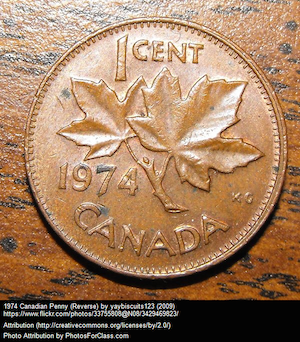 Here are some simple examples of persuasive text.
Here are some simple examples of persuasive text.
"Crunch! Munch! Wow! The taste of Crunchies is like the best party your mouth ever had. Pour Crunchies into a bowl and enjoy them now."
"We guarantee the lowest prices in town on everything you need. Come on down before our selection runs out."
"Do you love your pet? Then do what good pet owners do. They give their furry friends Fluffy Flakes."
"So many people are working so hard and feeling stressed out. It's time for a break. Chill out in Chilliwack for your next vacation."
"You are a star and you deserve to be treated like one. Come down to the Winning Spa and get pampered seven days a week."
"The Canadian government should bring back the penny. Pennies have been in our country since 1858. Throwing them away is like throwing away a part of our Canadian culture. We must demand the government make a change with our change."
Persuasive Text Scavenger Hunt Assignment
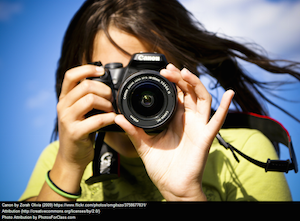 Your assignment is to catch persuasive text in action. Create and save a blank document to collect your pictures and add your writing to.
Your assignment is to catch persuasive text in action. Create and save a blank document to collect your pictures and add your writing to.
Explore your world with a camera and take photos of at least 10 different and interesting persuasive text examples found in different places.
Arrange a trip to town with you home facilitator/parent/guardian and look around buildings, vehicles, signs, etc. At home, you can look at what you find in magazines, on products in your cupboards, etc. Do not just find a newspaper and take 10 different pictures of text from the newspaper. The images should come from a variety of different sources.
Send the images in one submission.
Next, you will write a paragraph or two explaining the more interesting persuasive text examples you found and if you feel any of these texts influence you at all in your daily life and decision-making.
You will get one point for each image and five points for your written reflection. The total mark is out of 15.
Literary Devices and Persuasion
Literary devices are often used in persuasive writing to get your attention. They are used in advertising because they make information more memorable. If you can remember the name of the product, then the hope is you will buy it.
|
Let's look at the examples from the previous page (shown here in the right column). Onomatopoeia is commonly used. Onomatopoeia is a word that makes the sound of the action or object. E.g. Crunch! Munch! Wow! These words described the taste of Crunchies. Alliteration is often used in the name of products and in the advertising. Alliteration is using words that start with the same sound near one another in a phrase or sentence. E.g. They give their furry friends Fluffy Flakes. Can you find the other one?
Metaphors are used too. A metaphor is a direct comparison between two things. See if you can find this one on your own. A simile is a comparison that uses like or as. See if you can spot them. |
"Crunch! Munch! Wow! The taste of Crunchies is like the best party your mouth ever had. Pour Crunchies into a bowl and enjoy them now." "We guarantee the lowest prices in town on everything you need. Come on down before our selection runs out." "Do you love your pet? Then do what good pet owners do. They give their furry friends Fluffy Flakes." "So many people are working so hard and feeling stressed out. It's time for a break. Chill out in Chilliwack for your next vacation." "You are a star and you deserve to be treated like one. Come down to the Winning Spa and get pampered seven days a week." "The Canadian government should bring back the penny. Pennies have been in our country since 1858. Throwing them away is like throwing away a part of our Canadian culture. We must demand the government make a change with our change." |
 Complete the Literary Devices and Persuasion Sheets (Literary Devices & Persuasion, Onomatopoeia & Persuasion, Alliteration & Persuasion, Metaphor/Simile & Persuasion).
Complete the Literary Devices and Persuasion Sheets (Literary Devices & Persuasion, Onomatopoeia & Persuasion, Alliteration & Persuasion, Metaphor/Simile & Persuasion).